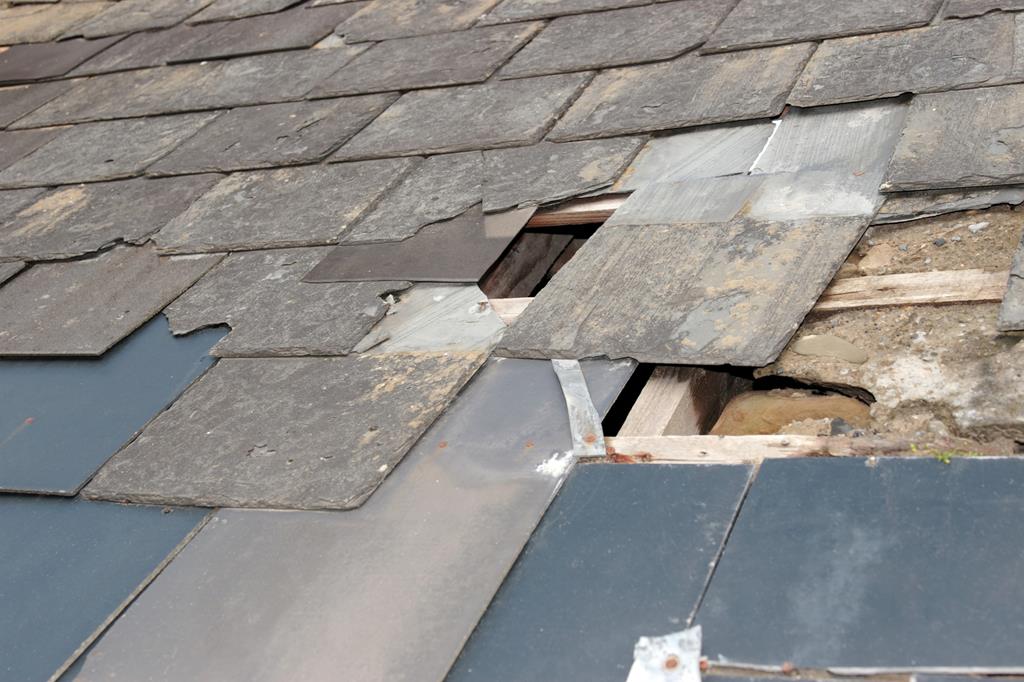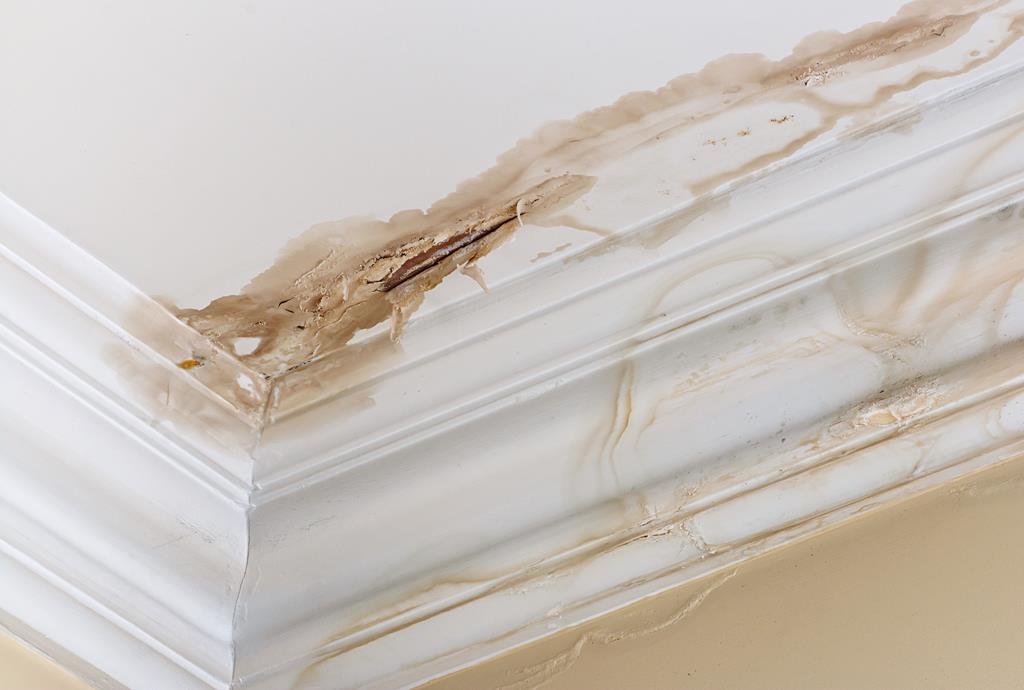We get some extreme weather occasionally in the Dallas-Fort Worth Metroplex. Strong storms and hail are not unusual occurrences in this area. After a storm has moved through, you may wonder if your home has suffered any damage. Loose or damaged shingles can become airborne at wind speeds between 19 and 24 mph, according to the National Severe Storms Laboratory. Wind speeds between 39 and 46 mph can cause even healthy tree limbs to break and result in property damage. As wind speeds increase, so does the potential for harm to buildings and structures. Wind speeds between 55 and 63 mph can cause trees to be uprooted and do significant damage to structures of various sizes.

Signs of Storm or Hail Damage
It’s not always necessary to be on the roof to discover storm or hail damage. There are occasional indications of damage that can be detected in other ways. Take a walk around your home and into your yard and look for the following:
- Yard and/or property damage – do you see damage to the trees, bushes, or exterior structures like your mailbox or a patio pergola? Did any vehicle parked outside sustain damage?
- Clogged gutters – Storms and wind can blow debris into your gutters. Branches, twigs, leaves, and other debris can become lodged there and prevent water from draining properly.
- Presence of shingle granules – do you see an accumulation of asphalt shingle granules in your yard and/or around your landscaping? Asphalt shingles have granules to protect them from UV rays while making them more water-resistant.
- Broken, cracked, and missing shingles – do you see shingles lying on the ground around your home? When looking at your roof, can you see where shingles are missing, or where the shingles are damaged, curling, torn, or cracked?
Hail storms can also cause missing granules on roof shingles. You’ll also want to look for any round, ball-shaped indentations on the exterior of your home or on the roof. (From a safe distance – do not go out on your roof to look – leave that to the professionals!) Why be concerned about those little indentations? These dents can cause shingles to crack, allowing water to soak in and do further harm over time. Be sure to check other structures and any vehicles on your property.
Signs of Storm Damage Inside Your Home
You may see signs of damage to your roof without even stepping outside! If you can see dark or wet spots on your ceiling or wall, that’s a clear indication of a problem! You may also wet spots around plumbing, toilets, faucets, and sinks, or notice a musty or foul smell. Wet spots on floors and drywall that are flaking or cracking are other indications that your home has suffered some damage.
It’s important to always check infrequently-used areas like the attic. Any water stains, dripping, or accumulation of water in the attic, including on the underside of the roof or sheathing, or wet insulation, are signs that a storm or hail has caused some damage. Damp framing in the attic could also indicate damage.
Take Notes
After we’ve had a big storm, be sure to make notes and take pictures of your property immediately after if possible. These things can be invaluable when dealing with your insurance company. Thorough notes can help you position yourself for the best outcome with your insurance filing.
Your insurance company will advise you regarding your next steps, but they will include finding a reputable contractor to repair the damage to your home. Finding a trustworthy company with experience will provide you and your family with peace of mind. Modern Blu is a full-service home improvement company that has been committed to providing our clients with quality home renovation and repair services for over 20 years.


